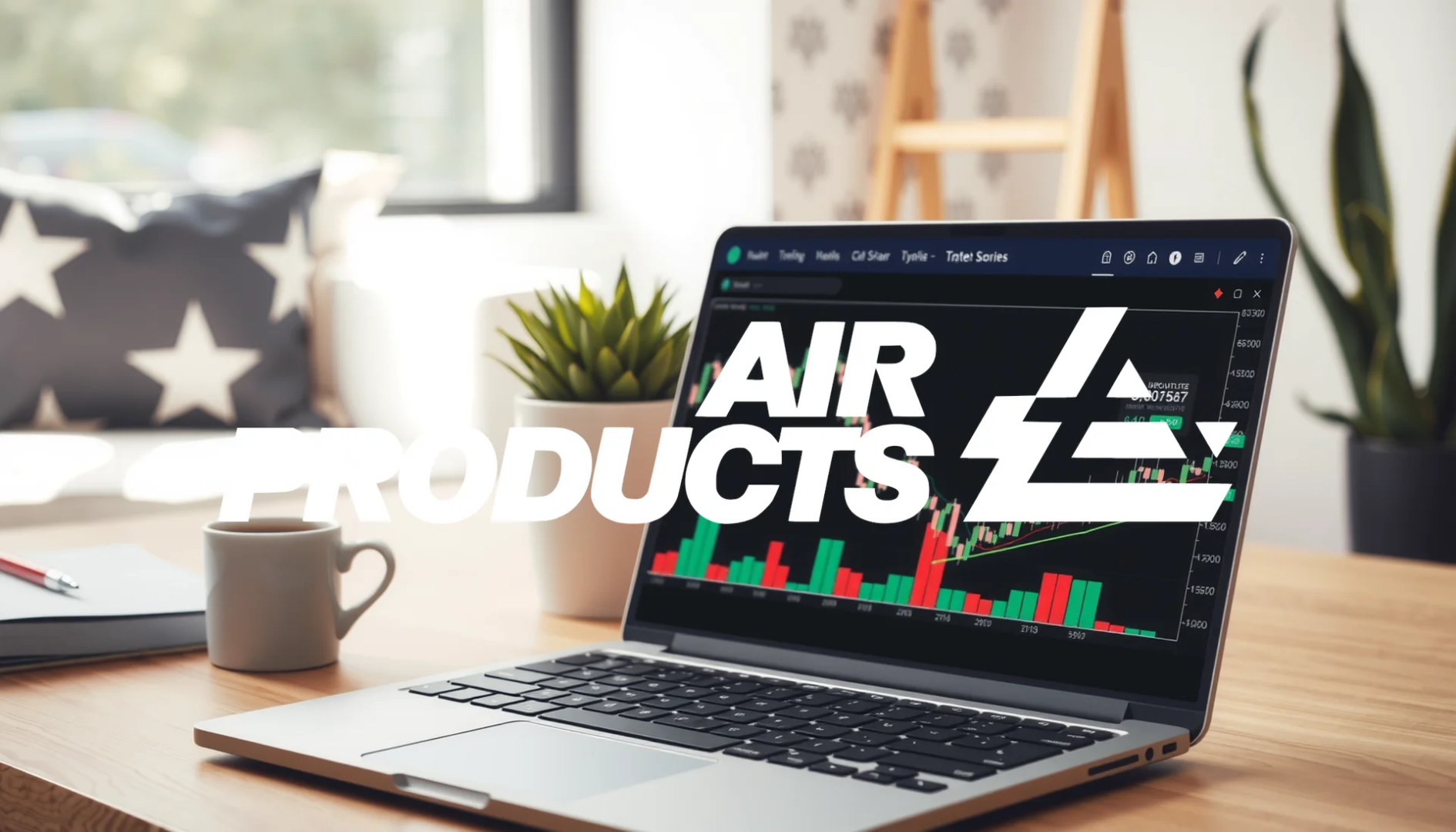The Swedish electric vehicle manufacturer Polestar Auto.adr/a finds itself confronting its most severe challenges since becoming a publicly traded company. As management promotes new services and complimentary upgrades to rebuild market confidence, its share price continues to plummet to unprecedented lows. The critical issue facing this former EV contender is whether it can arrest its downward spiral or if it is teetering on the brink of collapse.
Mounting Debt and Operational Paradox
Beneath the surface of the stock’s decline lies a troubling financial situation. Analysts characterize the company’s balance sheet as weak, heavily burdened by a debt ratio reaching 75% and a significant cash burn rate. The negative free cash flow alone stands at a staggering $1.37 billion. These fundamental weaknesses appear to overshadow what would otherwise be positive operational metrics; third-quarter deliveries, for instance, grew by 13% to an estimated 14,192 vehicles.
Strategic Countermeasures and Market Skepticism
In response to the crisis, Polestar has launched several strategic initiatives. One program, “Polestar Fleet Telematics,” aims to attract commercial fleet operators by providing real-time data and optimization tools for their electric vehicle operations. A more significant move is the announcement of a free performance upgrade for all existing Polestar 3 models. Starting in early 2026, these vehicles will receive a more powerful NVIDIA core computing system, promising enhanced performance and new features.
Should investors sell immediately? Or is it worth buying Polestar Auto.adr/a?
The effectiveness of these measures in addressing the company’s structural issues remains uncertain. The stock is currently trading just above its 52-week low of 0.73 euros, a mere two percent cushion from its absolute lowest point.
External Pressures and a Pivotal Production Shift
The most formidable obstacles are external. International trade tariffs, including a massive 145% levy on Chinese imports, present an existential threat. With current vehicle production located in China and South Korea, these trade barriers are forcing CEO Michael Lohscheller to execute a radical strategic shift. Plans to manufacture the Polestar 7 in Europe are intended to mitigate the tariff impact, but it is unclear whether this strategic pivot is happening too late.
All eyes are on November 12, 2025, when Polestar is scheduled to release its third-quarter financial results. This event is poised to be a critical test for the stock’s future trajectory. Despite the array of challenges, the company maintains its ambitious target of achieving 30-35% annual growth in retail sales between 2025 and 2027. The prevailing question in the market is whether any investors still have faith in this outlook.
Ad
Polestar Auto.adr/a Stock: Buy or Sell?! New Polestar Auto.adr/a Analysis from December 9 delivers the answer:
The latest Polestar Auto.adr/a figures speak for themselves: Urgent action needed for Polestar Auto.adr/a investors. Is it worth buying or should you sell? Find out what to do now in the current free analysis from December 9.
Polestar Auto.adr/a: Buy or sell? Read more here...











